Carved wooden frame with openwork decorations of branches, leaves and flowers Since the beginning of the century, portraiture has been growing in popularity, at the request of a flourishing bourgeoisie. His presence on exhibition walls is increasingly abundant and his genre already has its detractors before the democratization of photography and its culture of selfies that can be retouched at will. The painted portrait constitutes for the artists of this new generation, like the Flandrin brothers, an important prism of their work. In 1861, Gastine had a portrait of a woman admitted to the Salon alongside two portraits of children; He subsequently painted many other “official” portraits presented in various Parisian exhibitions. The pencil portrait, sometimes preparatory, presents a more intimate, spontaneous and private character. The almost daguerreotypical portrait of Aimée Ancelot, wife of Hippolyte Flandrin (Ill.1), would find its source in an ancient statue called La Pudeur, preserved in the Vatican Museums. It will experience a long prosperity, from Ingres to Jean-Léon Gérôme to Degas, without forgetting Gastine.
Ill.1 Hippolyte Flandrin, Portrait of Aimée Flandrin, 1846, oil on canvas, 83 x 66 cm, Paris, Louvre Museum, paintings department. Inv. RF1984-2 Bibliography Stéphane Paccoud, Narrations in large format, History paintings / Portraits of a society, Exhibition catalog Hippolyte, Paul, Auguste. The Flandrin artists and brothers, Musée des Beaux-Arts de Lyon, 2021, In Fine Edition AG, Notice on Gastine (Camille-Auguste), painter who died on April 3, 1867, Paris, 1867 Catalog of paintings, drawings, watercolors and landscapes by Camille-Auguste Gastine, auction following the death of C.-A. Gastine, Hôtel Drouot, January 5 and 6, 1869.










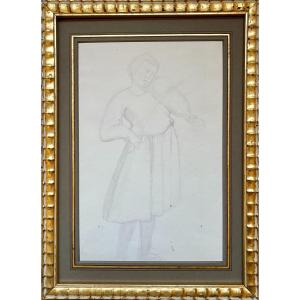
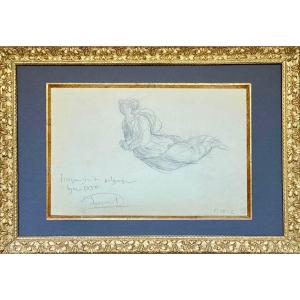
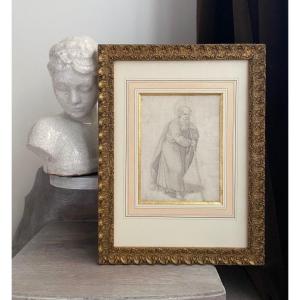
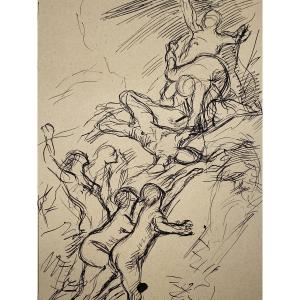


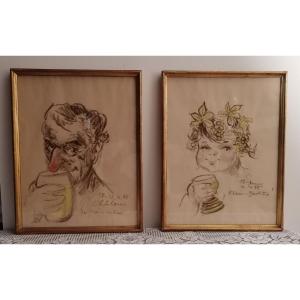
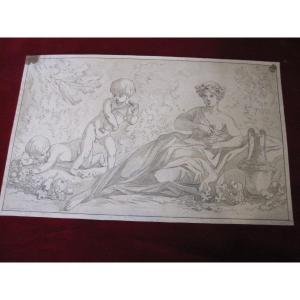





 Le Magazine de PROANTIC
Le Magazine de PROANTIC TRÉSORS Magazine
TRÉSORS Magazine Rivista Artiquariato
Rivista Artiquariato
